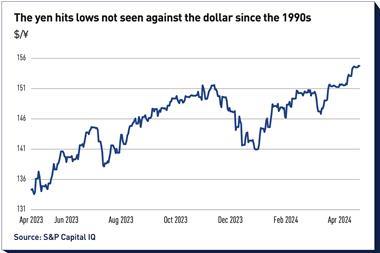GLOBAL - Portfolios with a gold allocation of between 3.3% and 7.5% - depending on the risk tolerance of the investor and the currency of reference - show higher risk-adjusted returns while lowering value at risk, according to research published by the World Gold Council.
Juan Carlos Artigas, investment research manager at the World Gold Council, said: "Alternative assets have gained acceptance among private and professional investors over the past decade as they look to increase risk-adjusted returns."
However, many of these assets can also have high correlations to mainstream assets.
"Including gold can produce distinct benefits to the performance of an alternatives portfolio due to its deep liquidity, low correlation to most asset classes and outperformance during periods of systemic risk," he said.
"Gold's unique characteristics make it a good source of diversification and also provide a foundation investors can use to manage risk and preserve capital."
The report found that, during periods of financial stress, gold has reduced losses while keeping similar or better risk-adjusted returns over longer periods of time.
During seven periods regarded to be 'tail-risk' events from January 1987 to June 2011, portfolios that included gold tended to perform better, by either posting gains or reducing losses, than those without.
Nonetheless, gold remains an under-owned asset, making up only 1% of global financial assets in private hands.
The Qatari sovereign wealth fund made headlines earlier this month after it set up a separate vehicle to invest in gold equities.
Qatar Gold were reported to have $10bn (€7.5bn) to invest in gold equities after it struck a funds-for-equity deal with European Goldfields, a listed operating company.












No comments yet